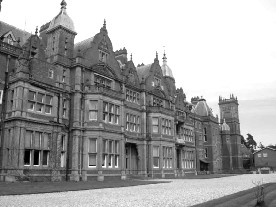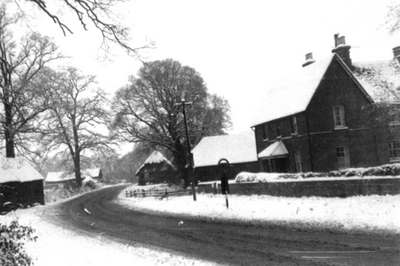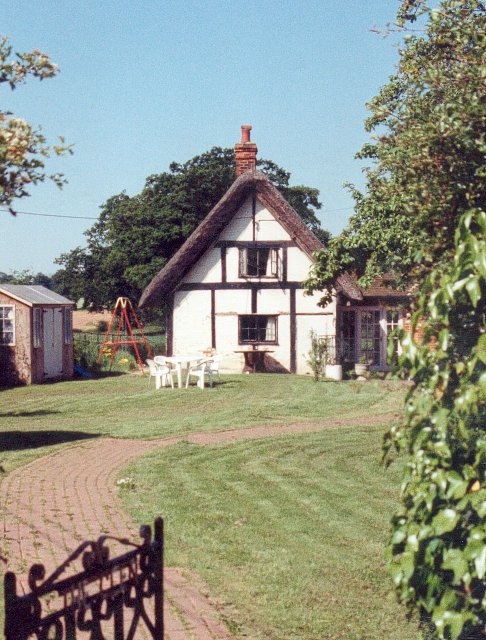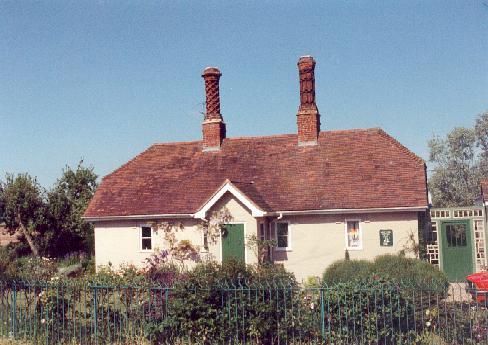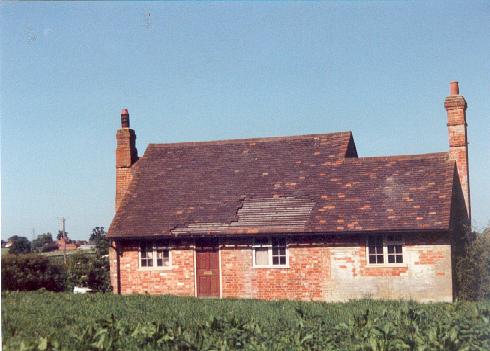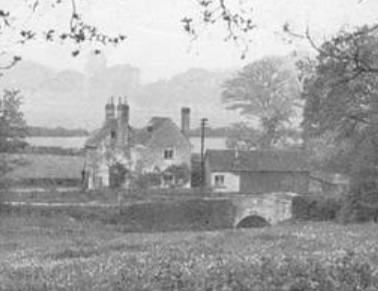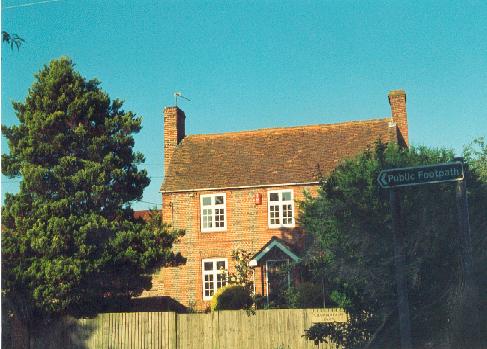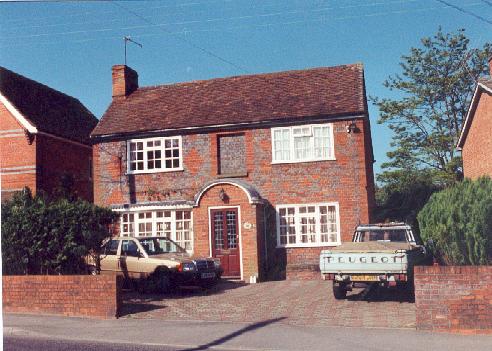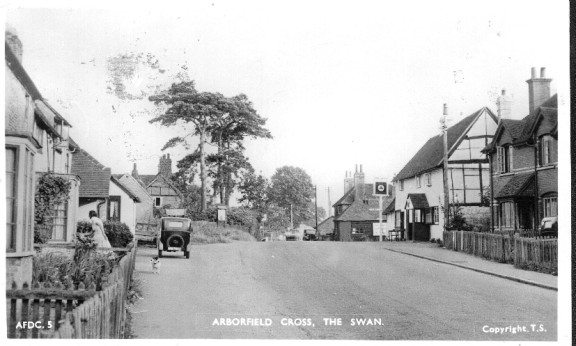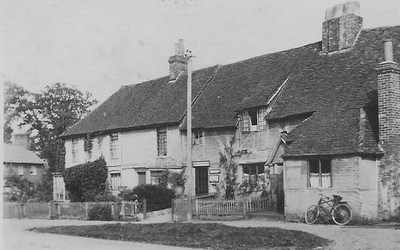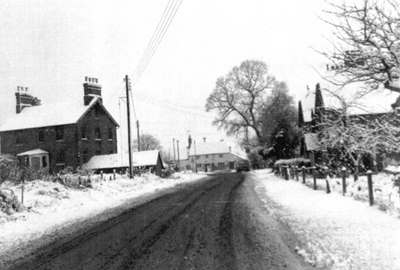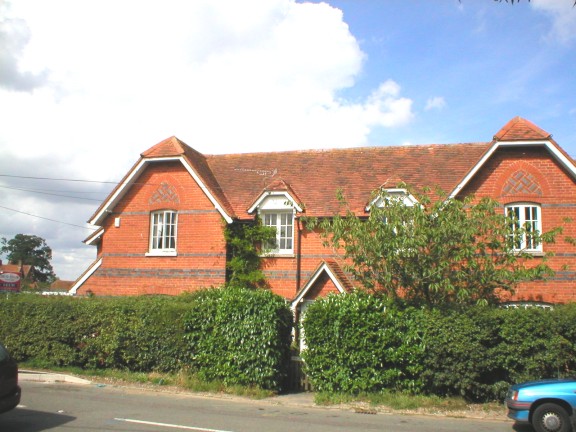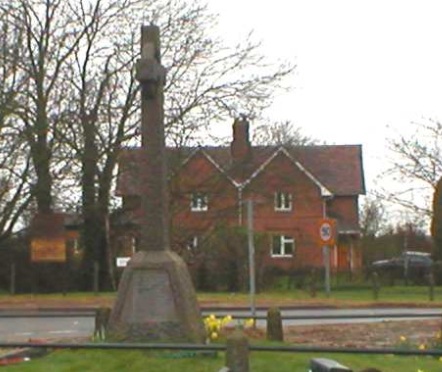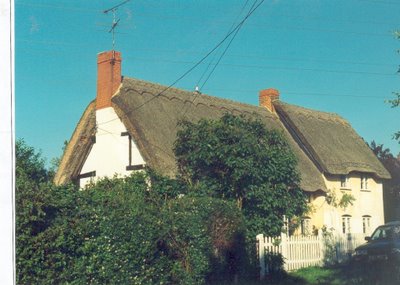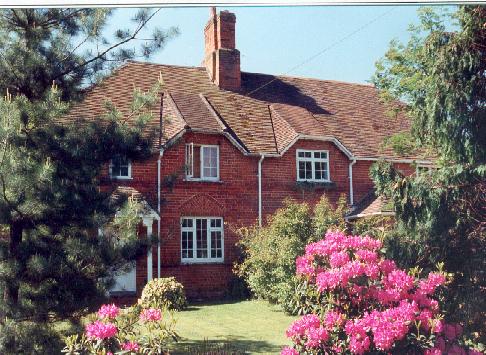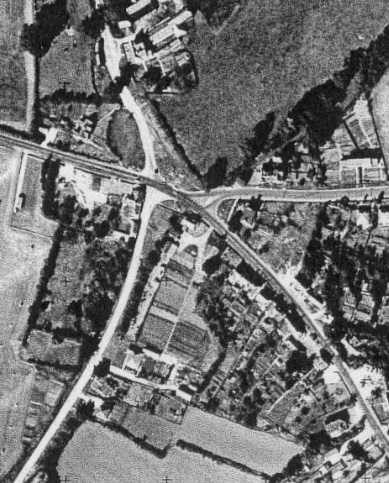September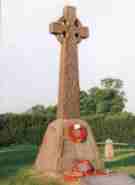
|
Arborfield
|
|
Memories
Related sites:
New Water Main installed in 1933 1947 Newlands Estate Auction Sale document |
Even though folk in nearby towns such as Wokingham and Reading had all the basic utilities from the early 1900s - gas, electricity, water, main drainage and sewage - villagers in outlying communities had none of these modern conveniences (or 'mod. cons.') until at least half-way through the century. Of course, the large estates of course had their own private power supply. Back in 1911, Bearwood even had its own gas works located near its gardeners' cottages, plus two 'engine houses' to generate electricity. Newlands also had an 'engine house'. Arborfield Hall generated hydro-electricity and even Arborfield Grange had a generator before WWI.
Residents of Arborfield and Newland lacked mains water until the mid-1930s. In 1933, a pumping station was opened in the grounds of Arborfield Hall with a reservoir on the Bearwood Road. Even then, it took years before the public wells had all been made redundant, and in 2011 at least one house in the village centre still relied on a septic tank rather than connection to mains sewage. Electricity had been supplied to the Remount Depot for many years, but the villagers who worked there had to rely on candles and oil lamps in their own houses. In the early 1930s the National Grid erected pylons across Arborfield and Barkham, prompting discussion by Wokingham Rural District Council about rural electricity supply, as reported by the 'Reading Mercury' on 15th December 1934: Arborfield's Move to Obtain Electricity. The clerk of the Arborfield Parish Council forwarded a reply received from the Thames Valley Electric Supply Co. regarding the possibility of an electricity supply in Arborfield. The company explained that the Council's query to the Central Electricity Board had been sent on to them, and they pointed out that the grid lines were for the purpose of carrying electricity in bulk over large distances, and not for retail supply. The company had under consideration schemes for supplying Arborfield at a future date, but at this early stage they were unable to say when those schemes would be carried out. In the covering letter the parish council said the distant date mentioned by the company might be a very distant one, and they asked the District Council to use their greater influence in the matter. The chairman said a
similar position had arisen in Hurst, where one half of
the village was supplied. Representations to the company had so far not
produced any results. There should be cables along all roads where a
reasonable number of houses had been erected. The clerk was instructed to
write to the company on the matter.
The parish council was right; the 'distant date' turned out to be much later than it had hoped. Again, it was the Army that had electricity for its residents who started moving into new houses at the Army Technical School in 1939 , but some of the civilian workers living in the council houses alongside it had to wait until the mid-1950s to catch up. 1939 was the year that the local train service from Wokingham and 'Winnersh Halt' was electrified. The Southern Railway had for several years taken advantage of low-cost loans for capital projects that relieved unemployment, and their electric service had spread gradually through Surrey and Berkshire until it finally reach Reading. The Great Western was also exploring the electrification of suburban lines from Paddington to Reading (which it was reported in 1937 could be provided for only £90,000). World War II changed everything , and made such schemes a much lower priority for many years hence. On the domestic front, we do have a good idea of how far mains electricity had spread, thanks to the 1947 Auction Sale document for the Newlands Estate, and also the Annual Parish Meeting Minutes. Residents living at Nos. 15 - 24 Council Houses (near the Bramshill Hunt) asked at the 1952 Annual Parish Meeting (APM) when they would be connected to Mains electricity, and repeated their plea in 1954. They finally achieved their aim a year later By the 1956 APM, the Parish Council Houses in Greensward Lane had received mains electricity - but their days were numbered. They were condemned within 6 years.
The Newlands Estate in 1947 Local power lines extended from Winnersh to Newlands, and so the main Newlands Mansion had its own mains electricity. Also, Newland Farm had mains electricity and gas 'installed by the tenant' (Herbert Lee). By 1952, when the farm was finally sold, it received a rent (called a 'wayleave') from the Southern Electricity Board for the posts carrying the power supply from Mole Road via Newlands to the farm, with a spur to Church Lane .
What 'mod. cons.' did the other properties in the 1947 Sale document have?
ELECTRIFICATION OF THE RAILWAYS Advantages Derived By Reading [From an article in the ’Reading Mercury’, 5th June 1937]. “Railway Electrification in the Reading area” was the subject of an address given by Mr. Holmes Waghorn, transport consultant, of London, to members of Reading Rotary Club at their luncheon on Monday. President Frank Adlam was in the chair. Mr. Waghorn said railway electrification had played such an important part in the development of many towns in Southern England that it should be welcome news to tradespeople and residents in the Reading district that by July this year the Sunningdale-Reading section would be converted from steam to electric traction, giving a through electric service to and from Waterloo. Certain Great Western electrification schemes now under consideration might in the near future result in the electrification of the Paddington-Reading route at a cost of £90,000. Even the most ardent advocates of other methods admitted that electrification afforded the only means of providing a really adequate service with satisfaction to the public and profit to the railway on crowded suburban systems. Speaking of the London to Reading, via Slough, scheme, Mr. Waghorn said electrification would bring about a 20-minute service, and each train would complete the journey in just over 35 minutes, INCREASED PROSPERITY FOR READING “Already there is a certain amount of building going on, on the outskirts of Reading”, continued the speaker. “With a clean, fast and frequent train service such as the one I mention, can you imagine the number of people who would decide to make their homes at or near Reading? The number of season-ticket holders who would travel to London daily from Reading would soon rival the number of Brighton season-ticket holders. Land values would increase, building activities would be redoubled, and careful control by the local authority would ensure that only suitable development took place. The prosperity of Reading tradespeople would take an upward trend with increased residential population. “These are some of the advantages which an electrified railway service would bring to Reading. I do venture to say that, unlike many desirable reforms, electrification brings not one hardship among its many benefits, and the day must come when the system is established over the entire network of our railways.”
|
||||||||||||||||||||||||||||||||||||
|
Any Feedback or comments on this website? Please e-mail the webmaster |
